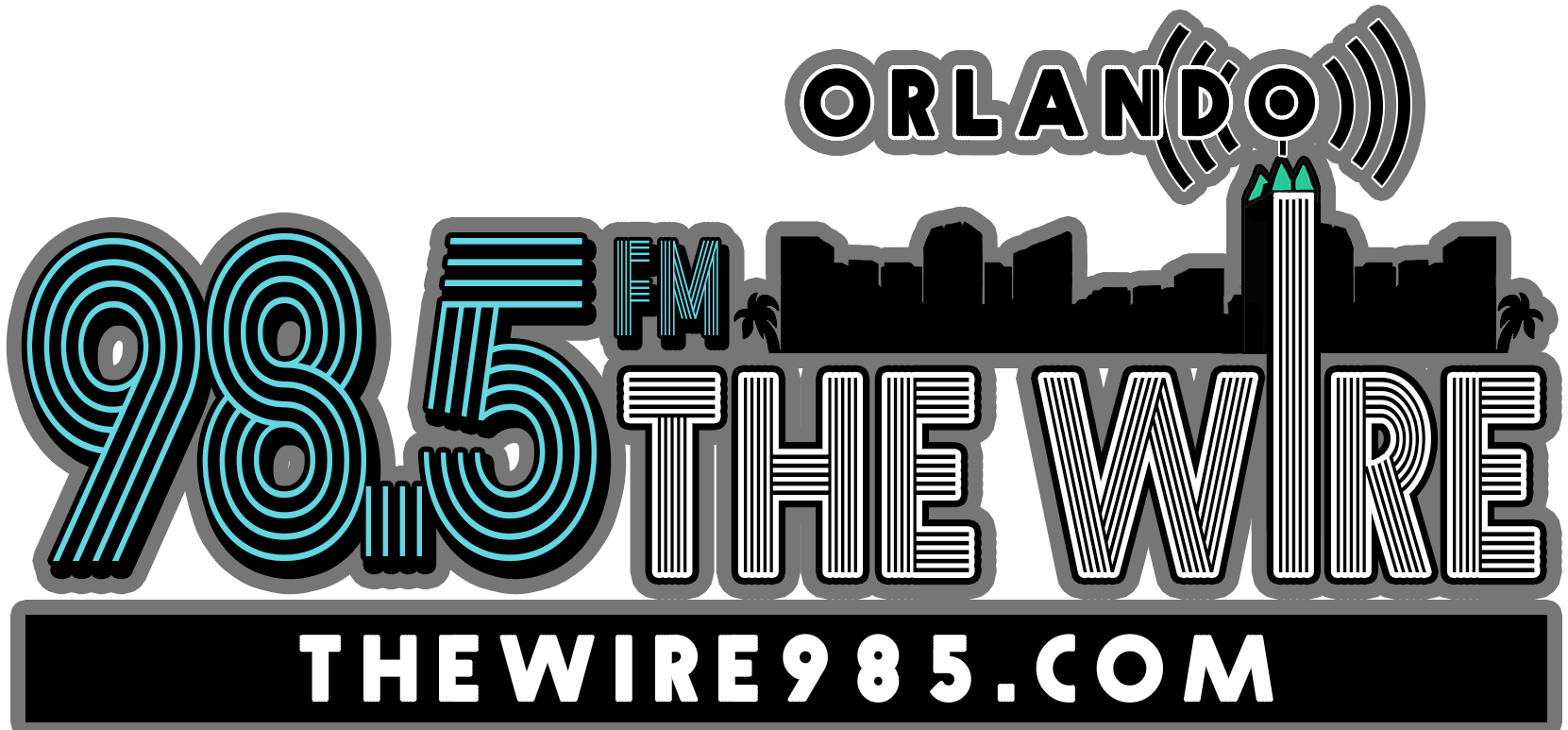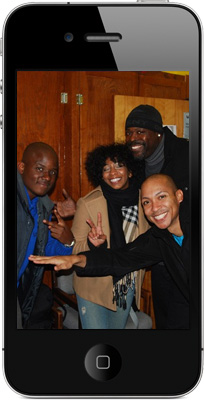Student Press Law Center
Q&A with Jarod Hamilton, the editor-in-chief of North Carolina A&T State University’s The A&T Register
Interview by Alexis Mason, Outreach and Operations Manager at the Student Press Law Center
In honor of Black History Month, SPLC is celebrating the rich history of student journalism at historically Black colleges and universities by conducting a series of Q&A interviews with editor-in-chiefs from three HBCUs: Morgan State University, Florida A&M University, and North Carolina A&T State University.
I spoke with the editors about the importance of reporting Black news, they shared their journey as journalists, and we talked about some of the top stories covered by their newspapers this year. They all spoke about how being a part of historically Black newspapers gave them an opportunity to tell the stories of their communities—stories that are not always covered by mainstream media.
My third interview was with Jarod Hamilton, the editor-in-chief of North Carolina A&T State University’s The A&T Register. First published in 1894, The A&T Register is a vault of historical events, documenting the sit-in protest led by the “Greensboro Four,” honoring Doctor Ronald E. McNair, and the protest in the 1960s that left Scott Hall dormitory riddled with bullets.
Note: This interview has been edited for clarity and length.
Alexis Mason: Who are you, and what do you do?
Jarod Hamilton: My name is Jarod Hamilton. I am a senior Journalism and Mass Communication student, and I am editor-in-chief of The A&T Register. I’ve been a part of The Register pretty much my whole career. I started as a contributor, then lead reporter, then editor of a section, and now editor-in-chief.
AM: What was that journey like for you? I know when I was a part of The Register, everyone did everything. At one point, I was even the photographer, and I’m not a photographer.
JH: I feel like, and you may know this, some sections have ebbs and flows. When I came in, the sports section was kind of cold and the editor didn’t have much help with that section. So even though I was a contributor, she treated me like I was a part of the staff. I went to meetings and was writing multiple articles. I relished that opportunity. At the time, I was just trying to get that byline, you know? Trying to see my name so I could have something to show to my mom.
It’s funny. I got my first position as lead reporter, when I applied to replace the editor. She was about to graduate, and told me to apply for her position. I applied, and came to the interview in a suit and everything. I thought I was the only contributor, and I thought I was going to get the job. I got an email saying that I was a lead reporter. I emailed them back, because I thought it was a typo. But it worked out great, because I was able to learn and grow. During the pandemic, I transitioned from section editor to editor and chief, and that was a little challenging.
AM: What were the challenges?
JH: The first challenge wasn’t COVID related. A lot of the section editors either graduated, or they just didn’t return. So I knew when I took this job, I would kind of be starting from scratch. Then we had to figure out how we were going to edit the handbook. We had to figure out how to implement the new protocols, like who can be in the newsroom.
Also, this was an election year. Me and my Managing Editor, Lauren Mitchell were working with six or seven North Carolina schools to get voter guides out. We did this during the summer on our own time. We were just trying to get more students, across the state, educated about the presidential and local elections.
Also, over the summer, we hired a lot of new people. People were basically coming off a five-month summer, and they were a little lackadaisical. There were problems with people missing deadlines.
AM: Tell me more about the voters guide.
JH: I was contacted by Sonia Rao, the city and state editor of The Daily Tar Heel to collaborate on the guide. The focus of this guide was to let students know about the people servicing in the communities surrounding their schools. We wanted students to be educated and informed about their local officials. We didn’t focus much on the presidential election in the guide. I learned a lot from this project. I’m from Charlotte, and I didn’t know a lot about the local officials in Greensboro.
AM: What were your biggest stories this year?
JH: One of the biggest stories this year was a short blurb about Doug Emoff’s visit to A&T’s campus, during the campaign. That was a cool breaking news story, because no one else was covering that. Even the News and Record gave us props for that one.
Also, about two years ago, Alexis Wray, who was editor-in-chief at the time, did a project called the Black Narrative project. The project looked at how Greensboro media covers A&T news and the things that happen near the campus. It was really interesting, because it’s something that you think about—maybe subconsciously. Like “Man got shot at near A&T.” Or “He fled near A&T’s campus.” Instead of saying the man was shot on East Market Street. You know, the media doesn’t do that for predominantly white institutions as much. The media doesn’t say “Man fled near Duke.” It was great that Alexis was able to get us talking about how the media treats HBCU and black communities differently.
AM: That leads into my next question. What are your thoughts on the importance of telling the stories of the Black communities and HBCUs?
JH: Well, if we don’t tell them, who will? It is important that we tell our stories, and tell them correctly. If we let other people tell our stories, and they’re not in our communities—they can’t tell the whole story.
AM: You are absolutely right. And I think that we are getting better at telling our stories. There is still a lot of work to do, but the future is bright. What do you see as the future of journalism?
JH: I feel like the future of journalism looks like me. We need more Black people and people of color in the media to show future generations what they can be, and to help them think outside of their surroundings.
AM: Student Press Freedom Day is a national day of action to recognize the crucial work of student journalists and highlight the need to support their independence without censorship or threats to their advisers. This year’s theme is Journalism Against the Odds. I’m really curious to know, as a student journalist, what does that slogan mean to you?
JH: Sometimes journalists get a bad reputation. People say that we’re scum or we’re bad people. But we’re not. We are storytellers and truth tellers. So I think journalism against the odds is working against the negative things that people say about journalists.
AM: How do you work against the negativity of others?
JH: For me, I work against this by pushing my staff to tell the local stories. A lot of times we want to focus on reporting about mainstream news, but that’s not the complete story. I also try to make sure that they write for every section of the newspaper. It is important to me that they are well-rounded reporters. When they get their first job, they will probably have to do some of everything. I want them to be ready.
AM: Last question. When you thought about becoming a journalist, when you were younger, what, if anything, has been better than you imagined It would be?
JH: I never thought that journalism would be such a big part of my life. Even when I’m not working—I still find ways to be involved in journalism. I never thought I would be this engulfed in sports journalism. I really enjoy what I do.
Check out the other two parts of this series: Oyin Adedoyin, editor-in-chief of the Morgan State University Spokesman and Ariyon Dailey, the editor-in-chief of Florida A&M University’s The Famuan.
Want more stories like this? Sign up for the Student Press Law Center’s weekly newsletter.
Student Press Law Center ⋅ 1717 K Street NW, Suite 900 ⋅ Washington, D.C. 20006 USA
(202) 785-5450
splc.org/legalhelp
© 2024 Student Press Law Center
Read our Privacy Policy
HBCU newspaper editors tell us about their work and the significance of Black student journalists reporting Black news (Part 3— North Carolina A&T State University’s The A&T Register) – Student Press Law Center











More Stories
HBCUs will take center stage at awards show on Black News Channel – The Black Wall Street Times
Racist texts about slaves and ‘picking cotton’ sent to Black people as state AGs, colleges and police probe their origins – CNN
AI in US historically black colleges and Indonesian universities – University World News